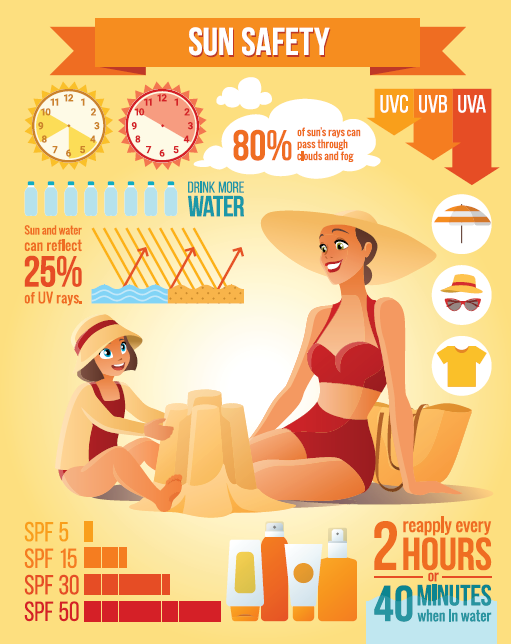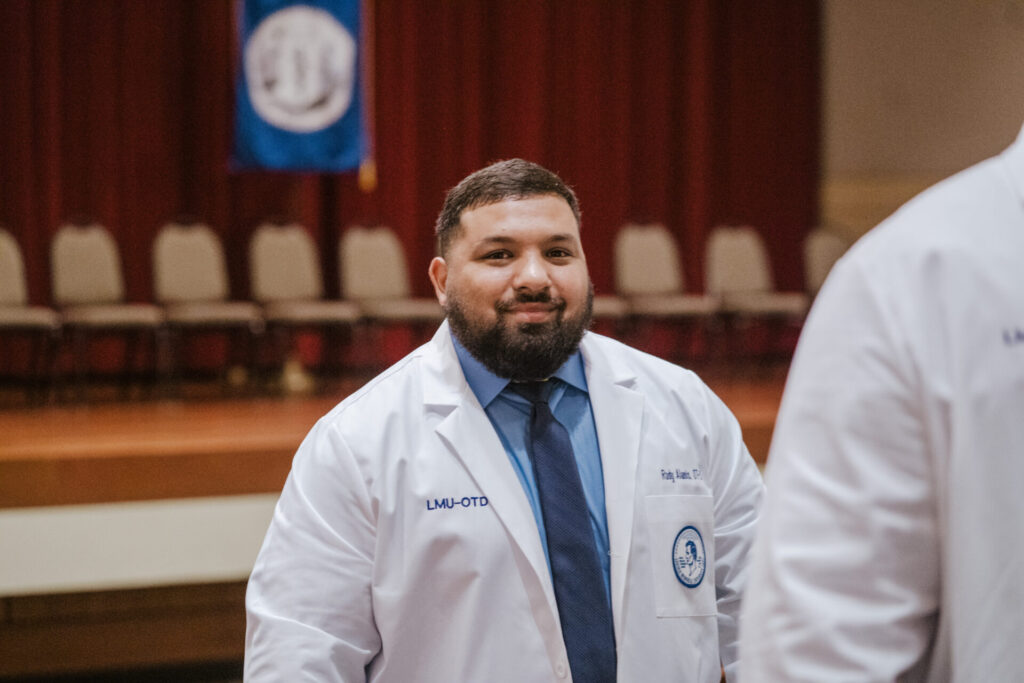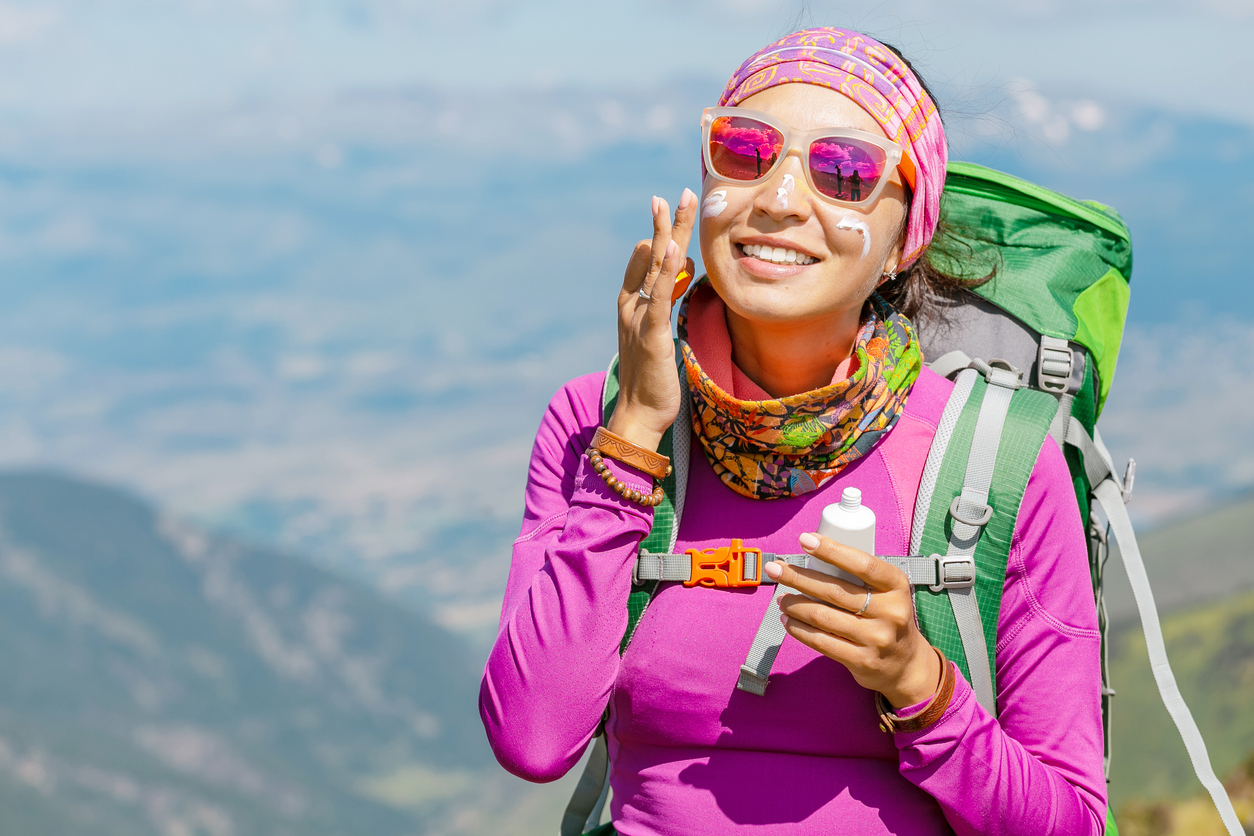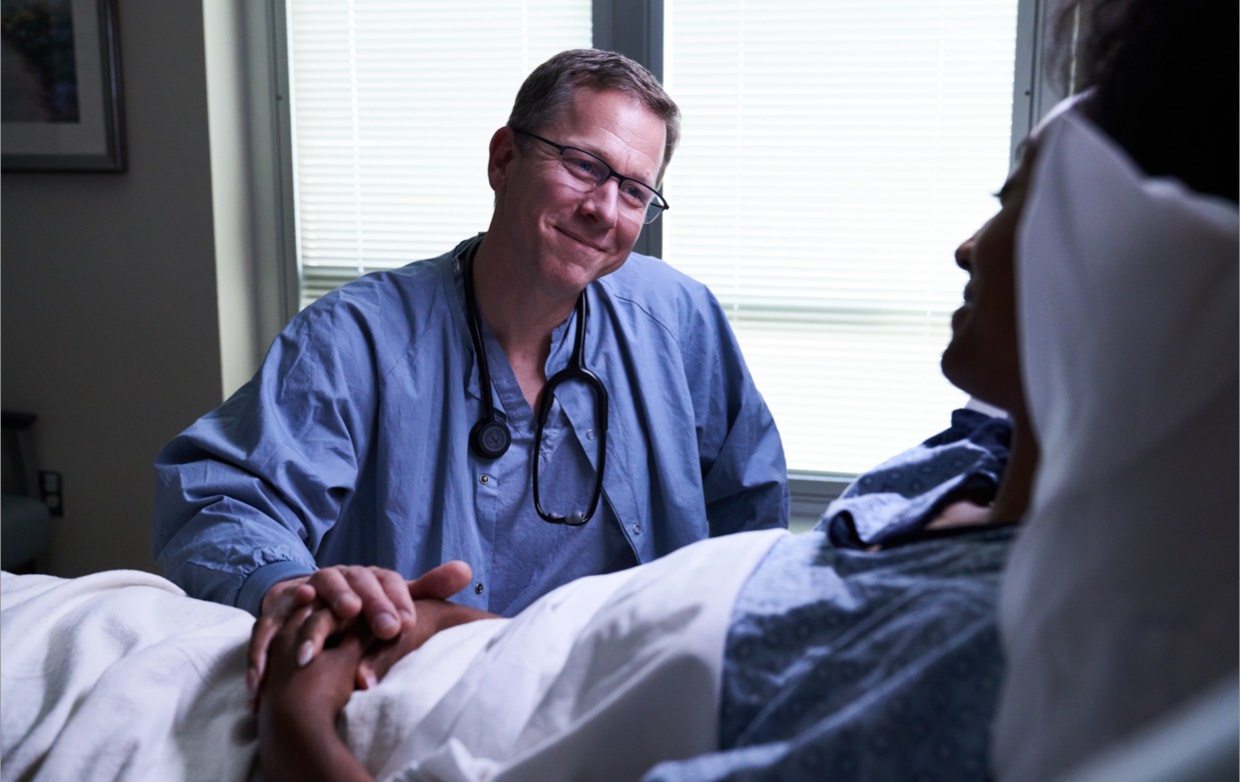- Find a DoctorDoctors by Specialty
- Cardiac Electrophysiology
- Cardiology
- Colon & Rectal Surgery
- Family Medicine
- Gastroenterology
- General & Vascular Surgery
- Gynecological Oncology
- Gynecology
- Infectious Disease
- Internal Medicine
- Interventional Cardiology
- Interventional Radiology
- Nephrology
- Neurology
- Neurosurgery
- Obstetrics & Gynecology
- Oncology
- Oncology & Hematology
- Orthopedic Surgery
- Otolaryngology
- Perinatology
- Psychiatry
- Pulmonary Medicine
- Radiation Oncology
- Rheumatology
- Sleep Medicine
- Thoracic Surgery
- Urology
- View All Doctors
- Our ServicesMedical Services
- Bariatric Services
- Behavioral & Mental Health
- Breast Care
- Cancer Care
- Critical Care
- Ear, Nose, & Throat
- Emergency Services
- Gastroenterology
- Glossary
- Heart Care
- Home Care
- Hospice & Palliative Care
- Imaging & Diagnostics
- Long-Term Care
- Nephrology
- Orthopedics
- Primary Care
- Rehabilitation Therapies
- Robotic-Assisted Surgery
- Sleep Services
- Spine Care
- Stroke Care
- Surgery Services
- Telehealth Services
- Urology
- Urgent Care
- Virtual Urgent Care
- Women’s Services
- Wound Care
- Our Locations
- Patients & Visitors
- About Us

Things heat up in the summer. Temperatures rise, the sun is bright and the kids are out of school. It’s easy to forget that there’s a hidden danger in the sunshine. Joseph Meyer, MD, a radiation oncologist at Parkwest Medical Center, has seen the cancerous consequences of too much exposure to ultraviolet radiation (UV). “Melanoma, basal cell carcinoma and squamous cell carcinoma can all be linked to sun exposure,” Dr. Meyer says. Skin cancer doesn’t show up immediately after sun exposure, so there can be a false sense of security in the sunshine. The damaging results of overexposure usually don’t appear till years later, but sometimes come with a vengeance. Even after these cancers are treated they can reoccur.
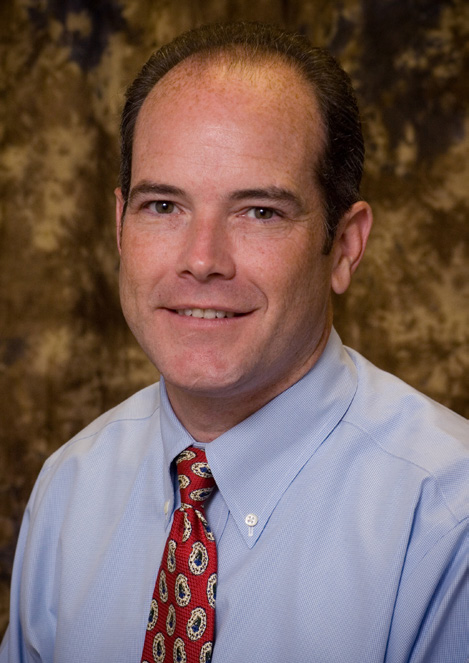
Sensible Summer Sun
Dr. Meyer says it’s okay to enjoy the sunshine, as long as you do it sensibly. These reminders can help keep your skin safe for years to come:
The right sunscreen.
Dr. Meyer says it’s important to use a sunscreen
that’s SPF 30 or higher. Check the label to make sure it’s also “broad spectrum,” meaning you will be protected against both UVB and UVA rays.
The right amount.
About an ounce of sunscreen (about two tablespoons or a dollop the size of a golf ball) is usually enough to cover the exposed areas of the body. Spray sunscreens are just as effective as creams, but can be harder to measure.
The right coverage.
Cover all exposed skin, and don’t forget spots like the top of your feet and the back of your neck. Dr. Meyer says the top of the head, bridge of the nose and top of the upper lip get a lot of exposure to
the sun but are often overlooked. The right time. Sunscreen should be reapplied every two hours, or every time you come out of the water. Plan outdoor events in the morning or late in the day. Try to limit sun exposure when UV rays are strongest, between 10 a.m. and 2 p.m.
The right wardrobe.
Simply covering your skin can help prevent damage. Pop on a hat and slip a t-shirt over your swimsuit while you’re out of the water. Some brands of outdoor clothing contain built-in sunscreen.
Made in the shade.
If you’re going to be outdoors for a while, look for
shade. Dr. Meyer says this most natural sunscreen can make a big difference in the health of your skin.
How long is your shadow?
Your shadow provides a good guideline for monitoring sun safety. If your shadow is shorter than you are, it means the sun is high in the sky and your skin needs more protection from it. “And don’t forget
about children,” Dr. Meyer says. “Parents should encourage their children to stay in the shade and out of the sun, put sunscreen on them and then educate them about the importance of sunscreen and sun exposure.”
Tanning Beds
There’s another risk for people who want a tan: many people try to get a golden glow with a tanning bed, thinking it’s a safe alternative to the sun. “The misinformation is that tanning beds only produce UVA light so they don’t burn you or damage you like UVB. That’s not
true,” Dr. Meyer says. “All forms of ultraviolet light damage the DNA in your skin cells and that’s what puts you at risk for skin cancer.”
Dr. Meyer says women who use tanning beds before the age of 30 are six times more likely to get melanoma. “The FDA actually makes companies put warning labels on tanning beds saying they increase the risk of developing skin cancer,” he says.
To learn more about cancer prevention, detection and treatment at Parkwest’s Thompson Oncology Services – West, visit TreatedWell.com/cancer.
Did You Know?
A UV index can help monitor how dangerous the sunshine is to
your skin on any given day. UV indexes are often posted by local
news sources, and the Environmental Protection Agency has
posted one online at EPA.gov/sunwise. A rating of 0-2 means it’s
safe to go outside without sun protection. A rating of 11 or higher
means the sun’s rays are dangerous and you need to take extra
precautions to stay safe.
The Dark Side of Tanning
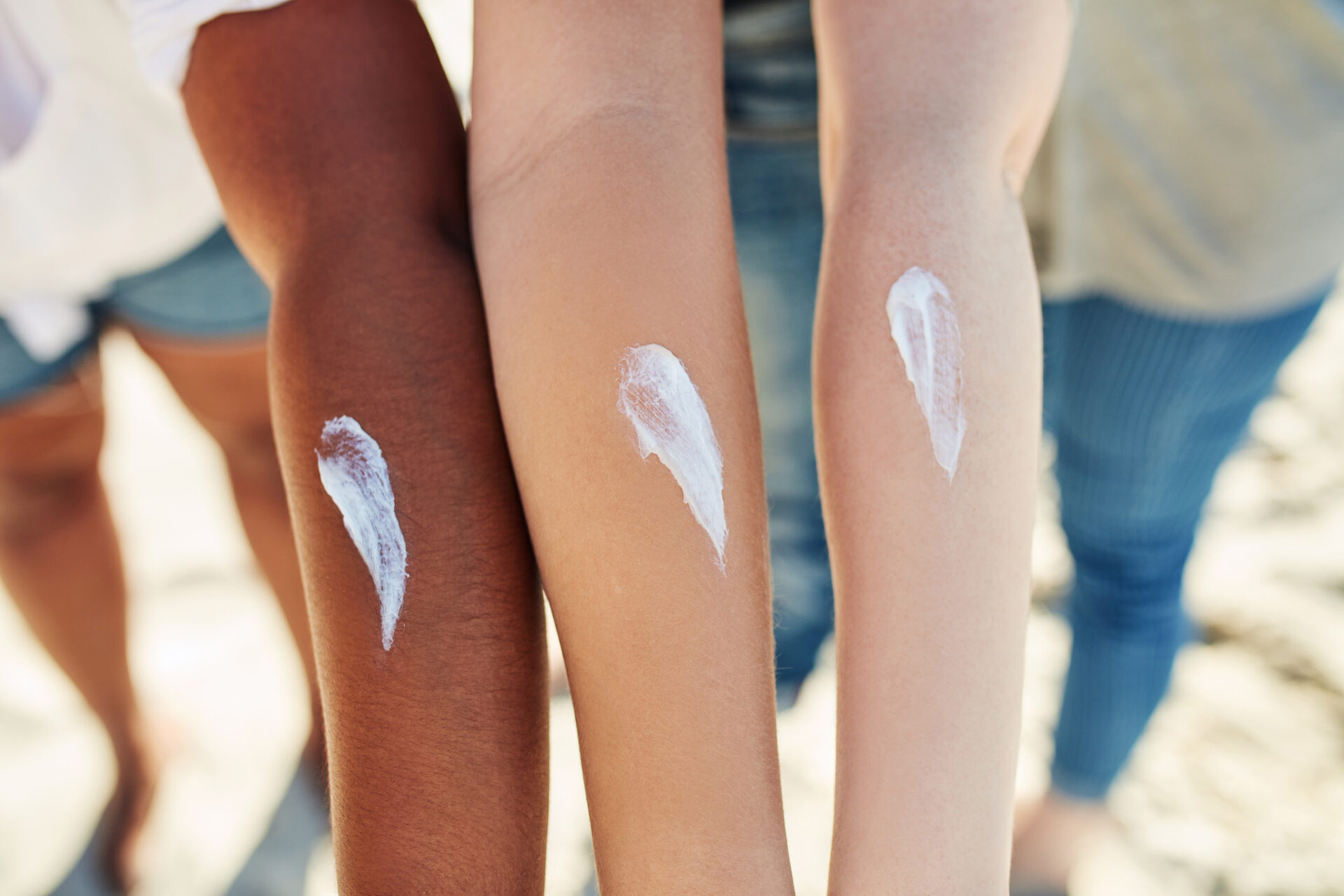
The harsh reality is that the most common cause of skin cancer is overexposure to ultraviolet radiation. It can come from sunlight, but it can also come from a tanning bed.
The American Cancer Society says more people in the United States are diagnosed with skin cancer of cancer in existence. The three types doctors diagnose the most are basal cell, squamous cell and melanoma.
Basal cell cancer starts where the body creates new skin cells. Squamous cell carcinoma starts in the outer layer of the skin. The skin cancer considered the most dangerous is melanoma. It forms
in the skin cells that produce a brown pigment called melanin. The cells get dark when exposed to the sun, trying to protect
deeper layers of the skin. “Melanoma in the early stage is very curable,” says Joseph Meyer, MD, a radiation oncologist with Parkwest Medical Center.
“On the other hand, when it spreads to the lymph nodes or other parts of your body, the cure rate goes down significantly. As with any cancer, the key is prevention and early detection.”
Who Is at Risk?
The sun can damage every kind of skin, but some people are more
likely to develop skin cancer than others. “If you have fair skin or you freckle, or if you have light hair or light eyes, that puts you more at risk for melanoma or other forms of skin cancer,” Dr. Joseph Meyer says. “If you have a family history of melanoma, if you have a history of moles or multiple moles, if you’ve ever been told you have precancerous skin lesions, then you ought to think about having screening done regularly by your physician.” Dr. Meyer skin cancer screenings be scheduled every year, and he also recommends regular self-exams. “Use a handheld mirror to look at your back and the back of your “If you see anything that’s new or different, go see your doctor about it.”
When to See Your Doctor?
Take time to take a look at the moles on your skin, and keep the ABCDE of Moles in mind:
Asymmetrical shape: Is one half different from the other?
Border: Is it notched or scalloped around the edges?
Color: Has it changed colors? Is the color uneven?
Diameter: Is it larger than 1/4 inch?
Evolving: Take note of any mole that seems to have changed in size, shape, color or height, and if it’s starting to itch or bleed.
If you notice any of these signs, schedule an appointment with your healthcare provider. If you need a referral to a physician, call us at (865) 374-PARK (7275).
